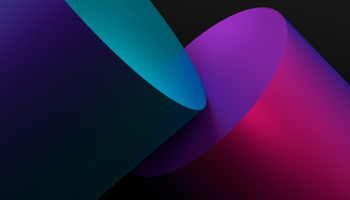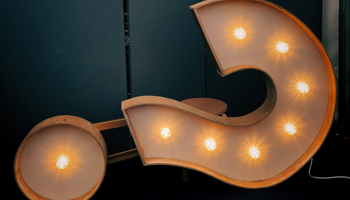Figma is a cloud-based design platform that is a staple in the digital design world. Figma's mission is to make design accessible to everyone and it seriously comes into its own for team collaboration, making it easier for the design process to flow. Here at Pixelbuilders we made the switch to Figma’s digital platform some time ago and discussed its advantages at the time which you can read more about here. So now, we were excited to attend the Figma Config 2024 to discover what new updates we can expect from our favourite design tool. Here’s our quick roundup of what’s new.
Figma AI
In keeping with the rest of the digital world, AI is having a huge influence on the design process and the creative tools used. The new Figma AI has lots of features that help streamline workflows, organise files and improve efficiency overall.
The AI tool ‘Search with Image’ allows you to quickly find exact images or a teammate’s designs by simply uploading an image, allowing teams to collaborate easily and efficiently.
Another of Figma AI’s new features allows you to instantly organise and improve your workflow by renaming layers in just one click, helping you collaborate with your team seamlessly.
You can also now immediately remove backgrounds, speeding up a once laborious task, allowing designers to focus on those creative tasks that are more pressing.
In just one click you can turn your static designs into an interactive prototype, a real bonus as it allows designers to spend more time designing and less time connecting noodles. Efficiency at its finest!
In short, the new Figma AI enhances productivity, ensures design consistency, improves accessibility, and streamlines the design process. This essentially allows designers to focus more on creativity and spend less time on repetitive, manual tasks, ultimately leading to higher-quality designs, faster project completion and happy clients!
Next up, inspired by the 3.5m slide decks created last year alone, Figma has now launched Figma Slides, a presentation tool for designers and their teams.
Figma Slides
Figma Slides has a plethora of helpful features, including slide theming to help maintain consistency, smart animations and the ability to use Figma AI to easily experiment with tone of voice throughout your deck.
Its original interface could be a little overwhelming for some, so this simplified version makes it easier to move around your presentation. You can focus in on the small details using slide view or use grid view to easily view, order and restructure your slides without breaking the flow.
Designers can also paste prototypes within slides themselves. Not only that, but embeddable prototypes also let users see others interacting with that prototype in real time, strengthening collaboration for a more streamlined user experience.
The Live polls feature is a handy tool that allows anyone with access to the slides to participate in real time polls too, allowing everyone's voice to be heard and further enhancing teamwork.
Figma Slides provides the audience with an interactive and clear visual representation of design concepts, making them an invaluable tool in the creative process for designers, digital teams and their clients.
And finally, introducing an improved way for design and development teams to work seamlessly and effectively, Figma Dev Mode.
Figma Dev Mode
Figma Dev Mode bridges the gap between design and development by providing developers with useful tools to extract design information and integrate it into their codebase efficiently. Here are some of Dev Mode’s key new features.
The ‘ready for dev’ view allows designs to be marked ready for development in one, clear space, making it easier to transition between teams and enhance collaboration.
As well as ready for dev, teams can now utilise more statuses such as ‘changes made’ and ‘completed designs’, to better track and compare new changes that need to be implemented.
The measure and annotation tools allow teams to better communicate specific measurements or design details, such as distances between elements, active states and more. This gives developers all the information they need to efficiently turn designs into code.
All in all, Figma Dev Mode’s new and improved features promote collaboration and streamline the workflow between designers and developers, essentially delivering a faster turnaround of projects.
We’re excited to get to grips and implement the new Figma features in our design and creative processes. To find out more about Figma for yourself visit https://www.figma.com .




